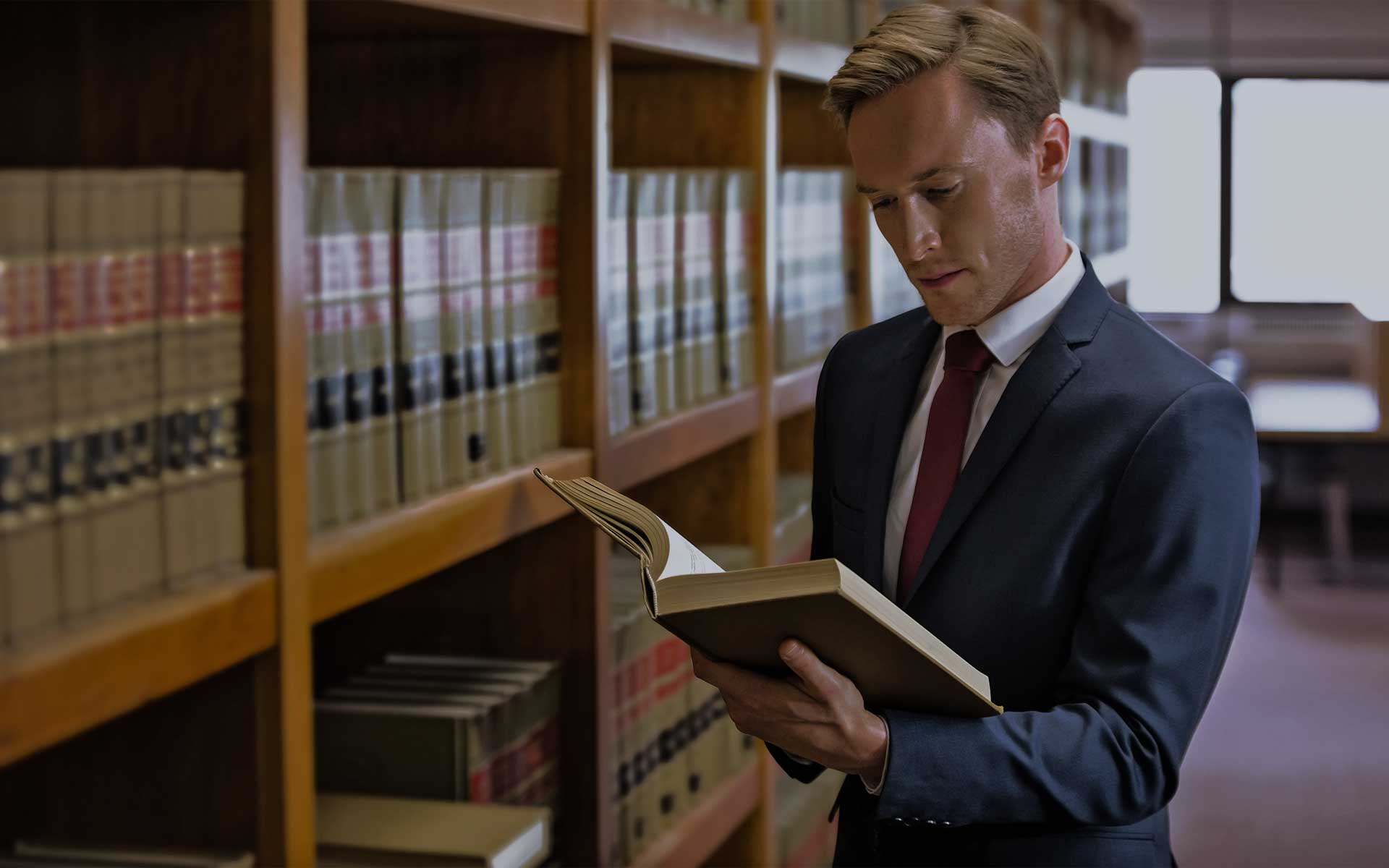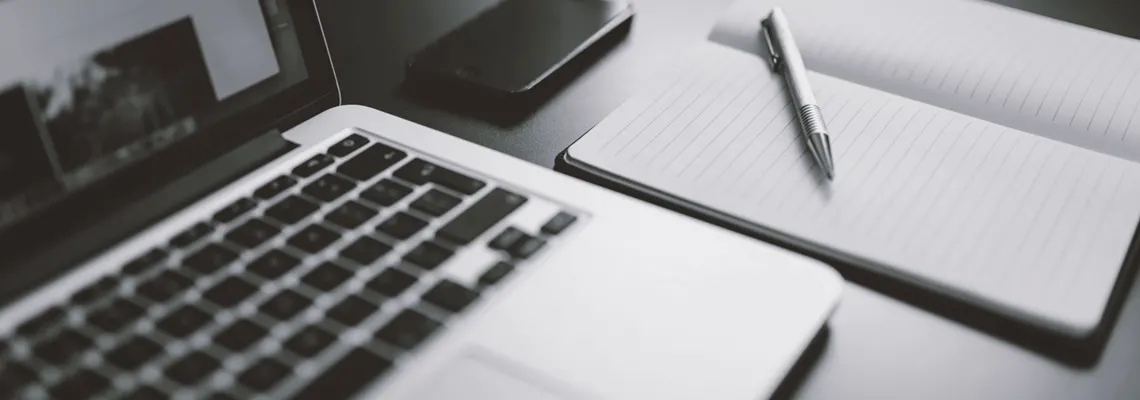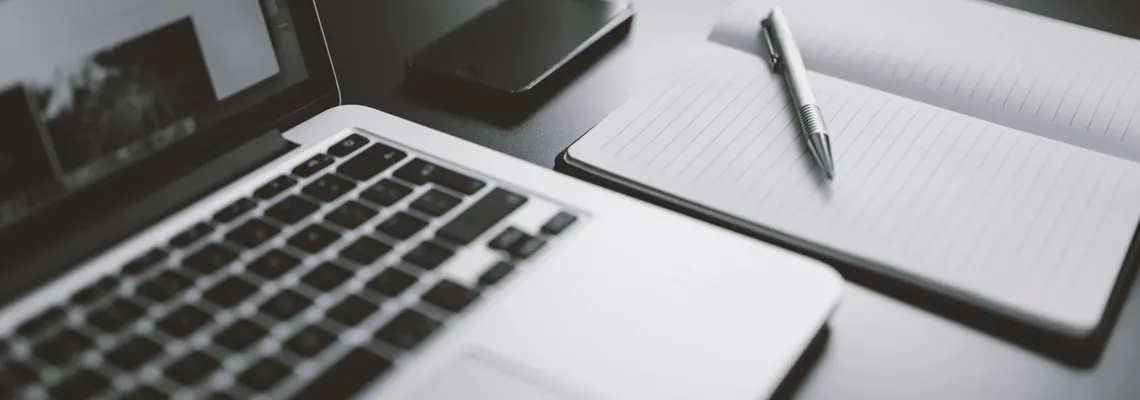Practical Tips for Drafting Patent Applications After American Axle & Manufacturing Inc. v. Neapco Holdings
The United States Court of Appeals for the Federal Circuit decided on October 3 to affirm the ruling by the United States District Court for the District of Delaware that the asserted claims of U.S. patent number 7,774,911 are directed to patent ineligible subject matter under Section 101 (American Axle & Manufacturing Inc. v. Neapco Holdings LLC ). Much has been written about the majority and dissenting opinions. Here, we concentrate on what the patent practitioner can do when drafting a patent application in light of the case. Explain How One of the findings is that the specification discussed types of attenuation in propshafts, and tuning of...
Continue reading




